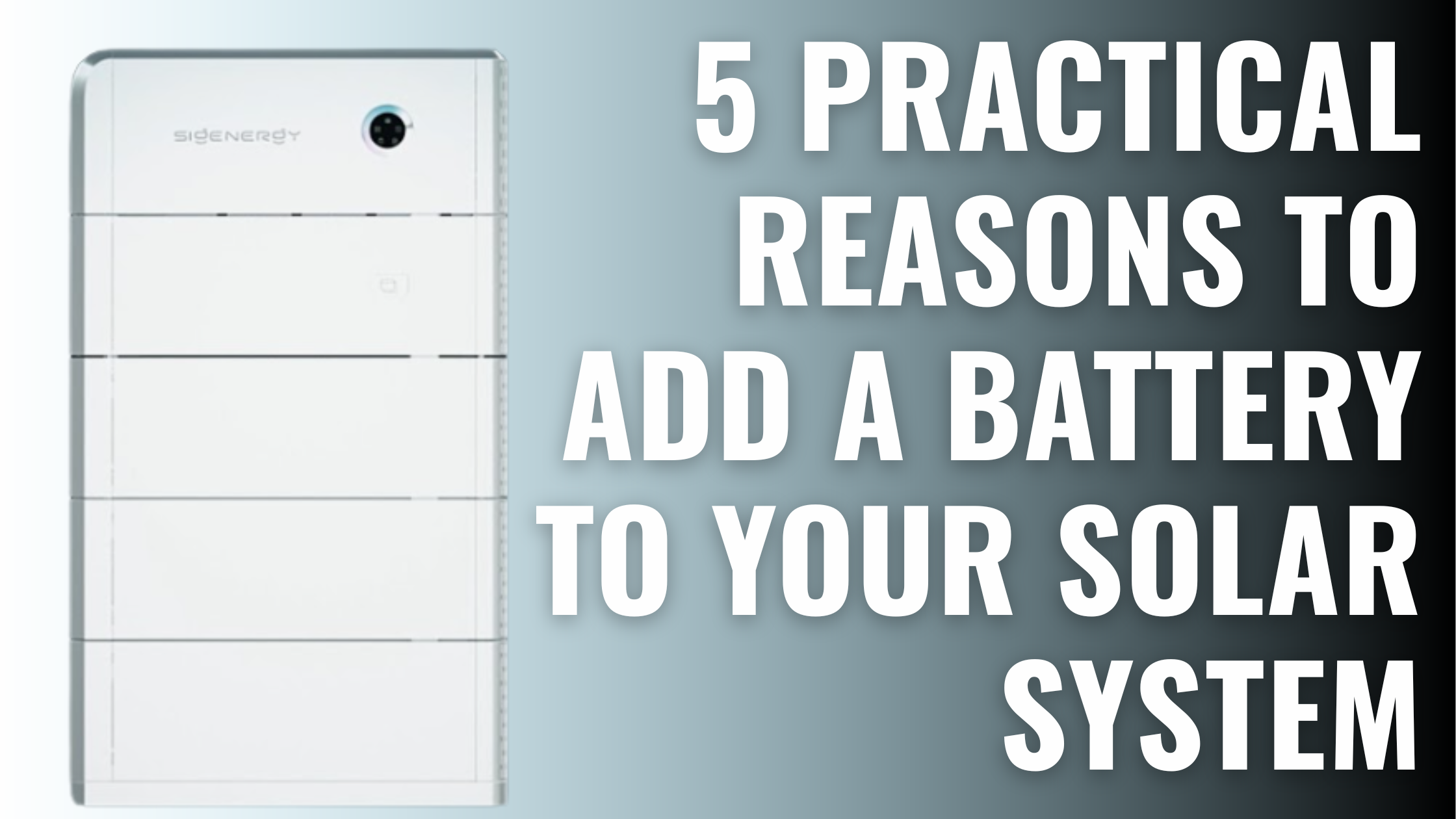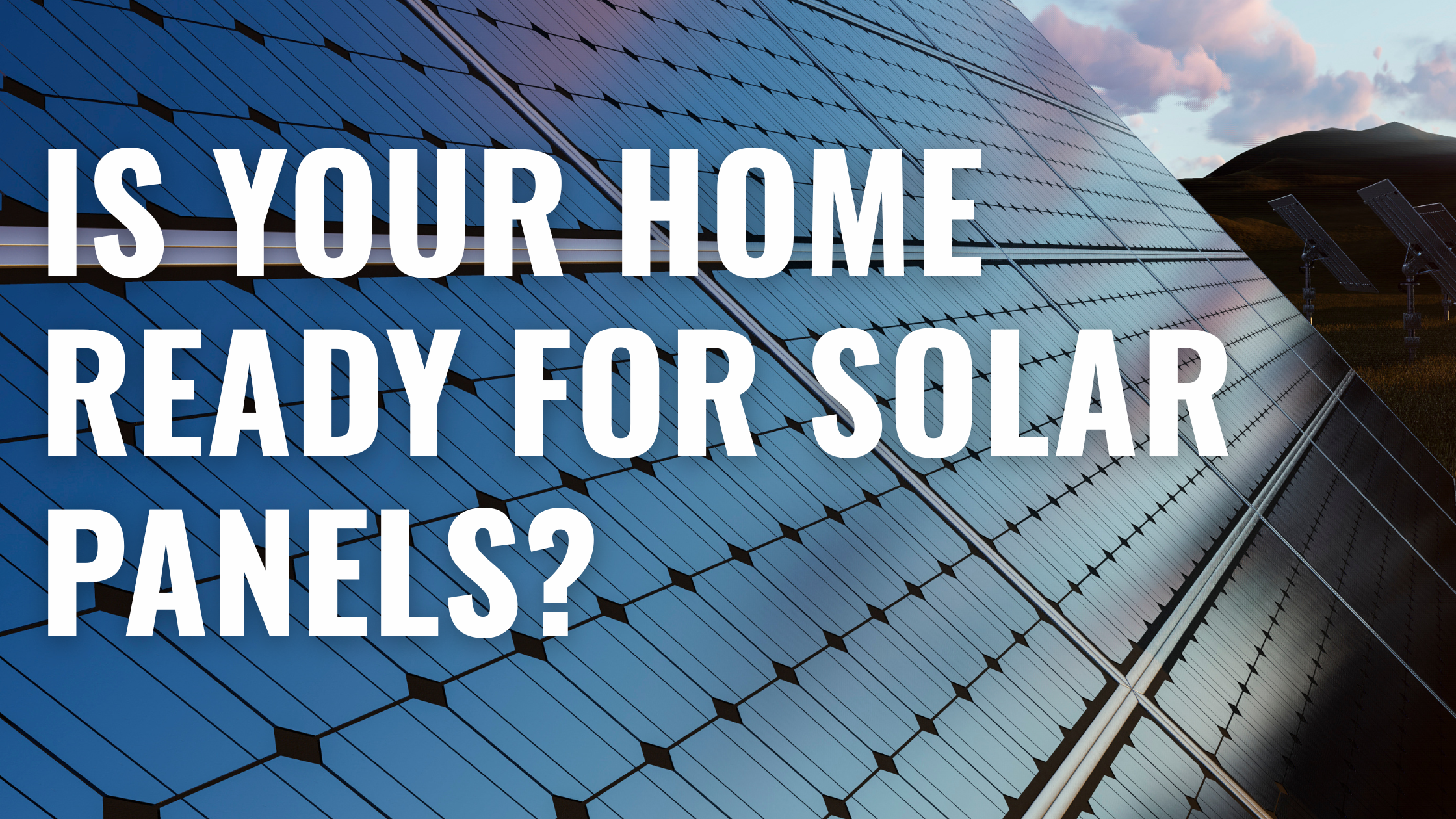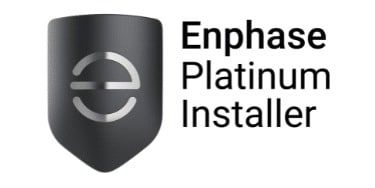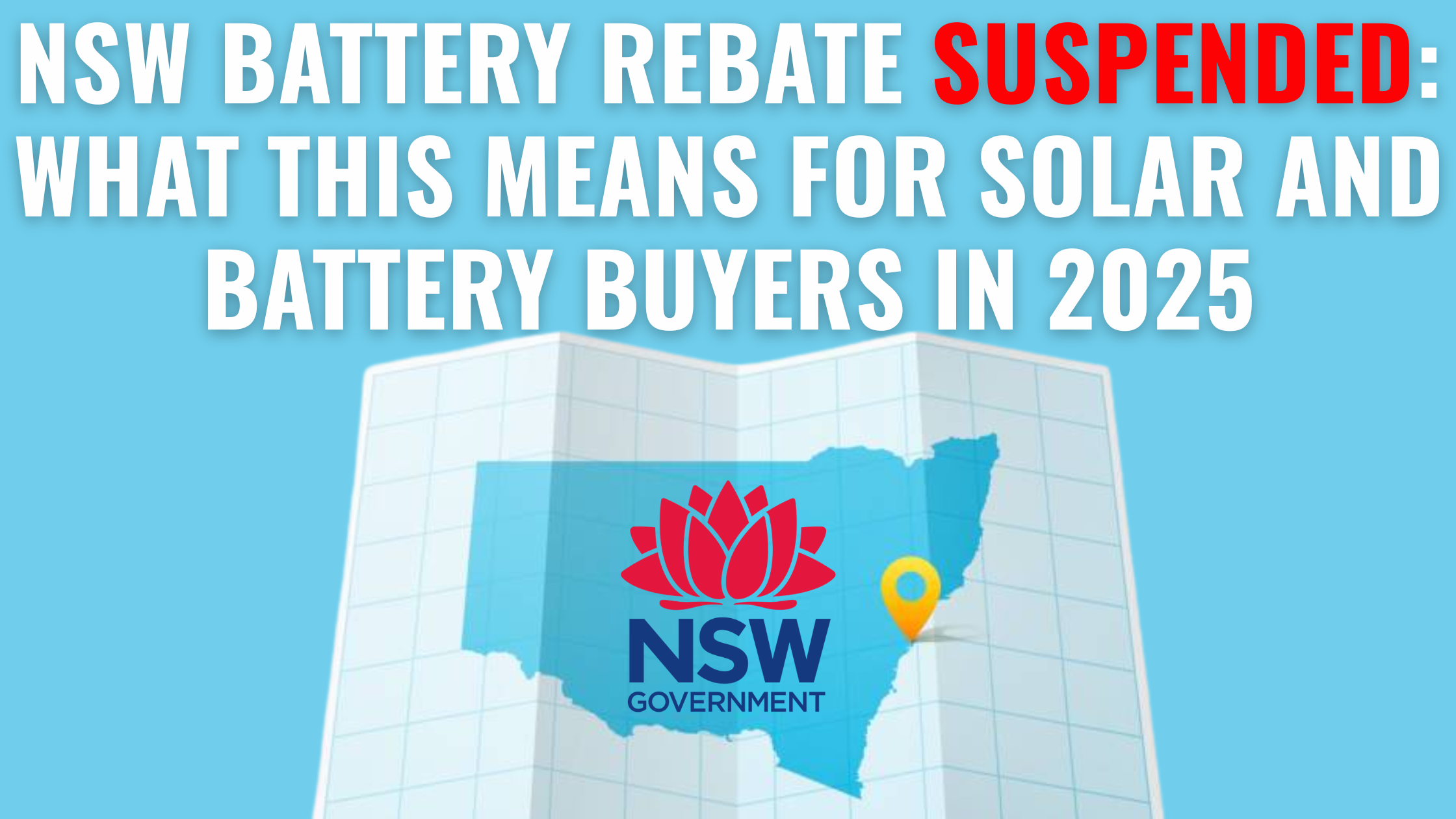
Written by Donna Wentworth
Last Updated: June 11, 2025
NSW Battery Rebate Suspended: What This Means for Solar and Battery Buyers in 2025
If you’ve been considering a home battery in NSW, you’ve likely come across news about the state’s battery rebate program—and now, the unexpected update that it’s coming to an end.
From 1 July 2025, the NSW Government will suspend its battery installation rebate, which has helped thousands of households reduce the cost of installing a battery. Here’s what’s changing, and what it means for homeowners.
Why Is the Rebate Being Suspended Now?
For months, both Penny Sharpe (NSW Energy Minister) and Chris Bowen (Federal Energy Minister) publicly stated they were working to overcome the issue of “incentive stacking”—the challenge of offering state and federal rebates on the same battery install. They encouraged people to carry on as normal, suggesting a collaborative solution was in the works.
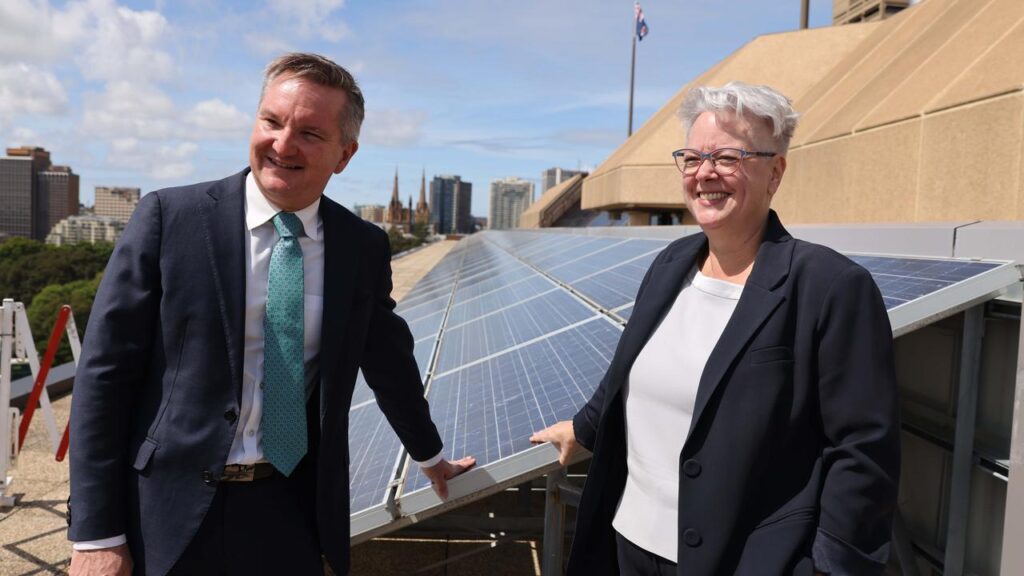
So it’s come as a surprise to many that NSW has now confirmed its battery rebate will end on 1 July, right when the new federal program is expected to begin.
There’s still support coming from the Commonwealth—potentially covering up to 30% of the battery cost—but the change of direction at state level has caught many off guard. Especially for homeowners who made plans under the assumption that both incentives could be used together.
What Will Replace the NSW Battery Rebate?
Rather than continue offering a rebate, the NSW Government will instead boost Virtual Power Plant (VPP) incentives under the Peak Demand Reduction Scheme (PDRS).
If you install a battery and sign up to a VPP with an eligible provider, you could receive up to $1,500, depending on the system size and provider offer—an increase from the average $800 currently available.
However, this is not the same as a direct, upfront rebate. To access the VPP incentive, you must:
- Sign up for a minimum three-year VPP contract
- Agree to let your battery be accessed by the provider during certain times (typically peak demand)
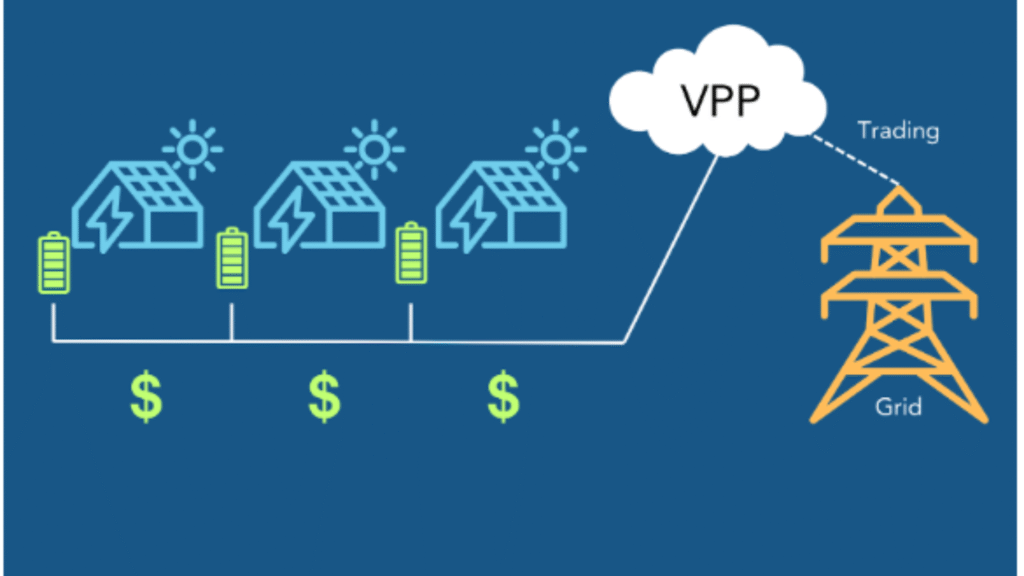
For some homeowners, that’s no issue. For others, particularly those who want to maintain full control over how and when their battery is used, the idea of being locked into a contract—and potentially seeing their stored energy discharged when they need it most—raises concerns.
So while stacking the state’s VPP incentive with the federal battery rebate is possible, it’s not quite the solution many were expecting.
Is It Still Worth Getting a Battery?
Yes, it still is. While the NSW battery rebate is coming to an end, the federal rebate is substantial—covering around 30% of battery system costs, which adds up quickly, especially for larger installations.
This new rebate alone makes battery storage far more accessible than before—and that’s before you even consider additional incentives like VPP payments under NSW’s PDRS scheme.
How Much Can You Save with the 2025 Battery Rebates?
Here is a clear look at potential savings using Sigenergy’s SigenStor modular batteries:
| Number of Units (kWh) | Federal Rebate |
| 1 (8kWh) | $2,792 |
| 2 (16kWh) | $5,585 |
| 3 (24kWh) | $8,378 |
| 4 (32kWh) | $11,171 |
| 5 (40kWh) | $13,963 |
| 6 (48kWh) | $16,756 |

These figures demonstrate how substantial the rebate really is. Even without a state rebate or VPP participation, these discounts significantly lower the upfront cost.
However, it’s worth noting that VPP incentives, while still available, require a minimum 3-year commitment and some level of operational control over your battery. That’s not something everyone is comfortable with, especially if you prefer full control of your stored energy or the flexibility to change plans later.
So, if you’re considering a battery—and would rather avoid long contracts—a system like Sigenergy’s, combined with the federal rebate alone, could still offer great value without compromise.
Final Thoughts
This rebate change has come sooner—and more definitively—than many expected, especially after repeated reassurances from both state and federal ministers.
It’s disappointing for those who planned to make the most of both incentive streams. And while support hasn’t disappeared entirely, it now comes with more conditions and longer commitments than what was originally promised.

At Lenergy, our goal is to keep homeowners informed—not pressured. If you’d like to stay updated on how these policy changes evolve, or want help understanding what your options look like under the new structure, feel free to get in touch at lenergy.com.au/contact.
We’ll continue to share transparent, up-to-date information to help you make the best decision for your home.

